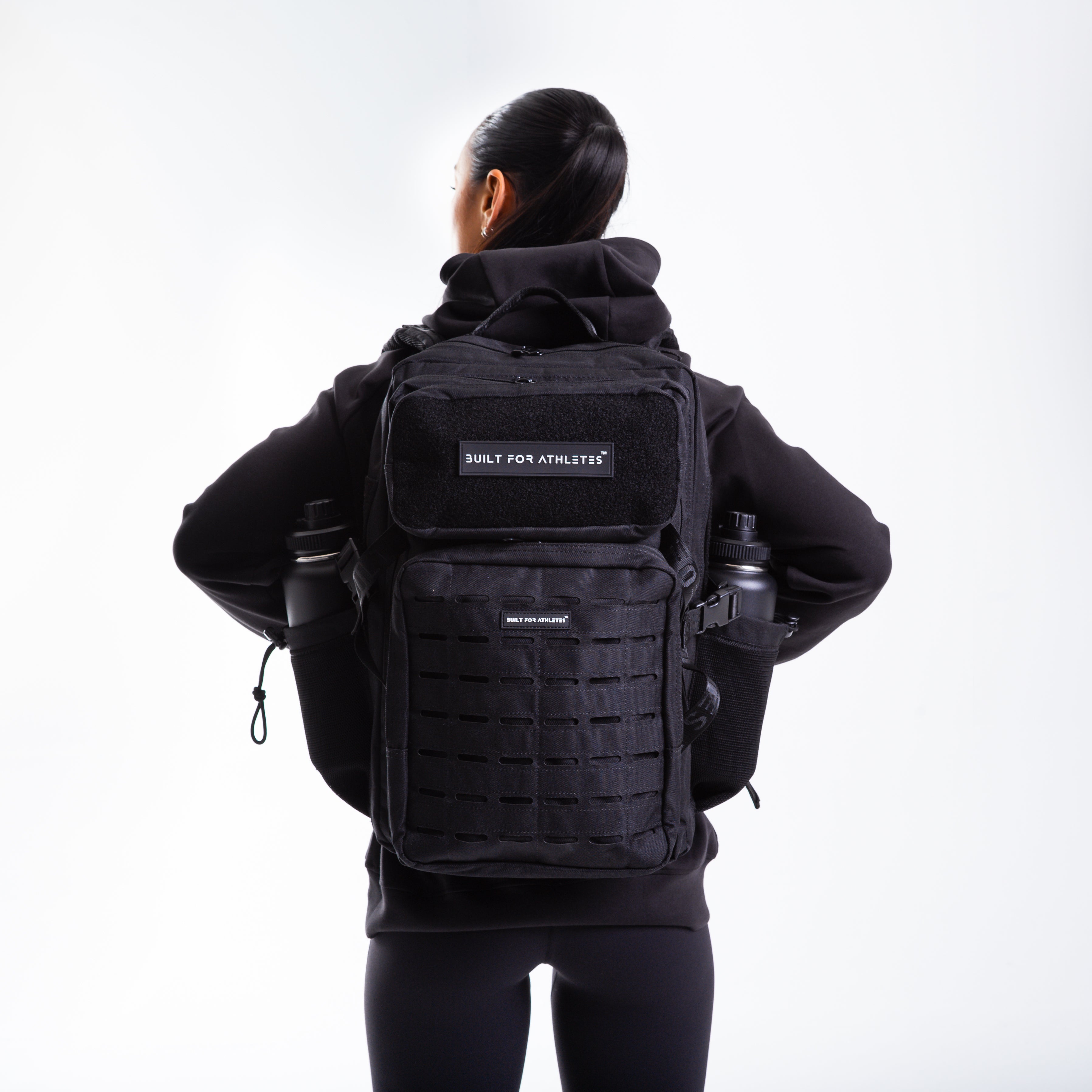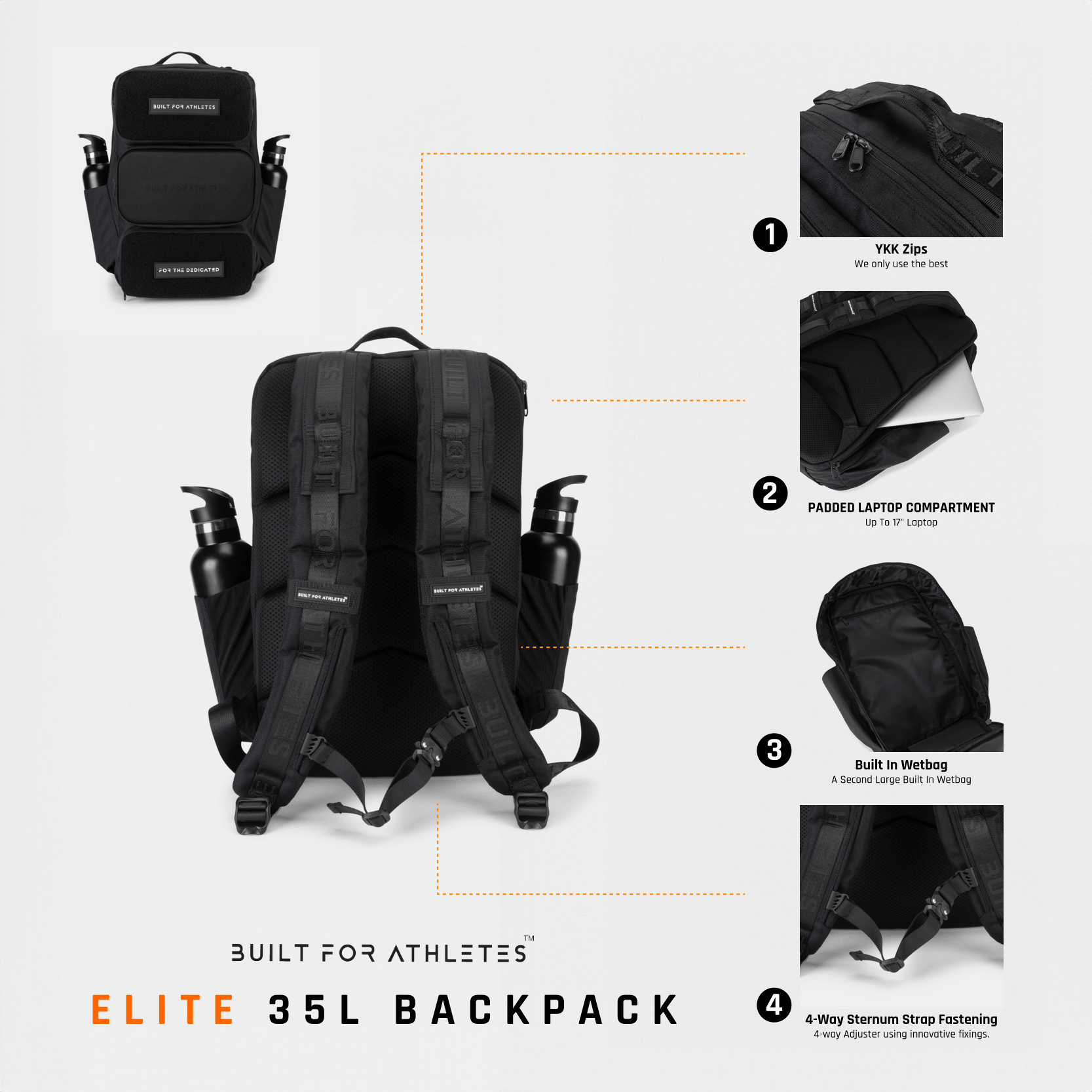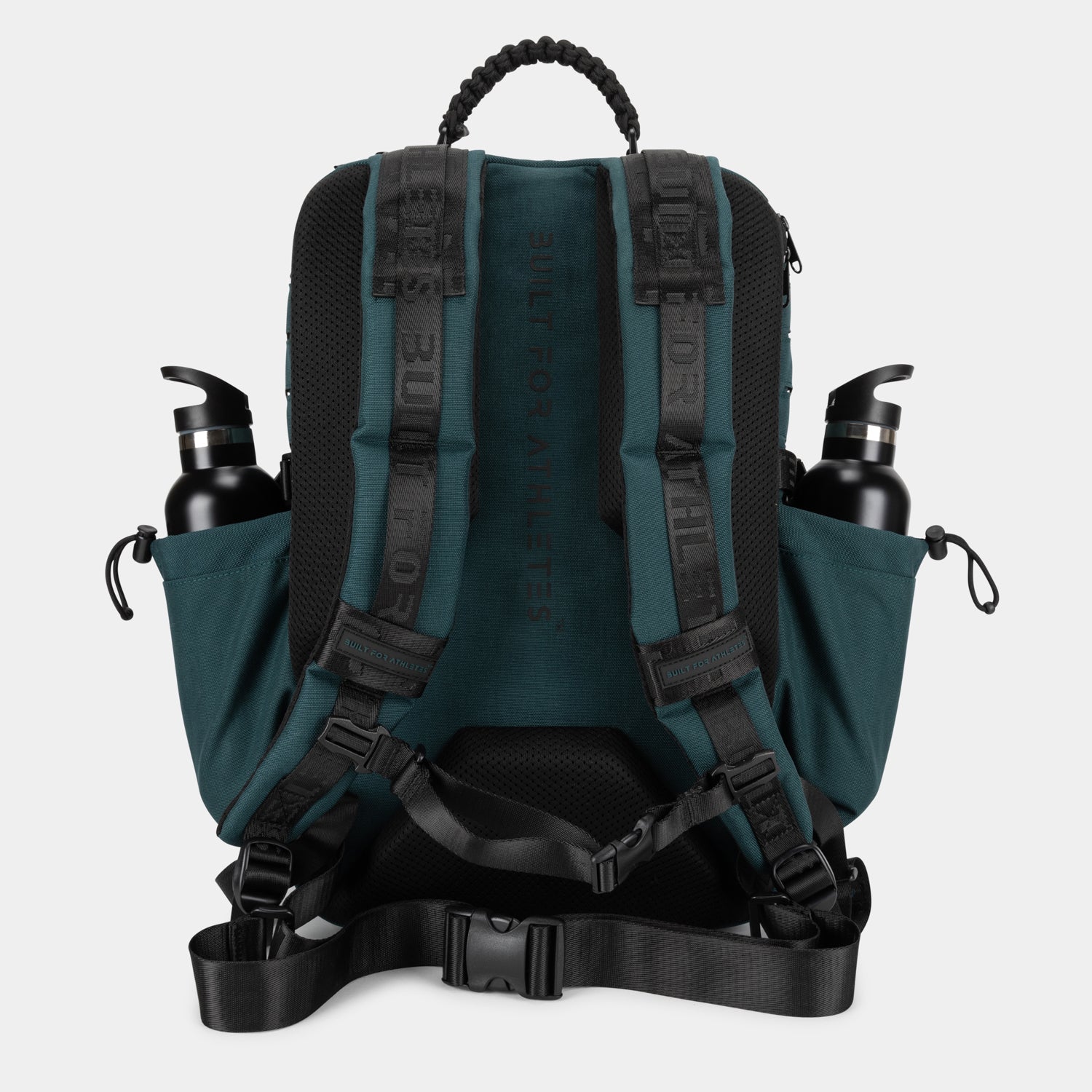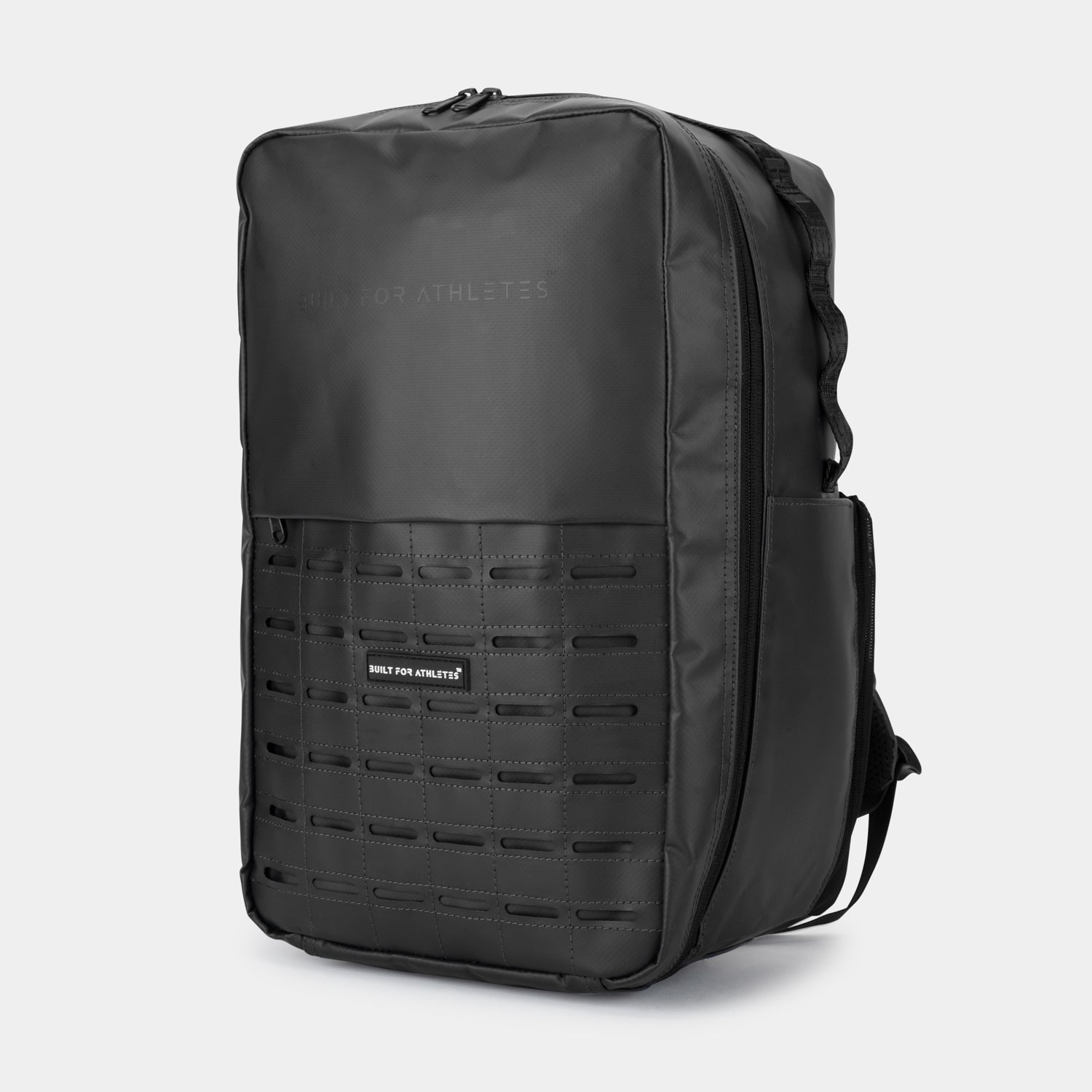Getting Started with Callisthenics
Looking to change up your regular training? We’ve got a suggestion for you - it’s time to try your hand at callisthenics. This is a type of training that is gaining more and more popularity, with trending challenges and movements frequently surfacing on social media. But don’t worry - there’s no expectation to become a pro straight away.
Unlike traditional weightlifting, callisthenics leverages your body weight, enhancing control, stability, and functional power that translates into better performance across all athletic pursuits. Having strong foundations to try out callisthenics is advantageous but NOT essential.
What Is Calisthenics?
Callisthenics is all about using your own body as resistance through movements like push-ups, squats, lunges, and pull-ups. Unlike traditional weightlifting, callisthenics prioritises movements that recruit multiple muscle groups, improving balance, stability, and control while increasing your overall strength and mobility. Its exercises range from beginner-friendly to advanced, making it versatile enough to challenge both newcomers and seasoned athletes.
Why Transition to Calisthenics?
Adding callisthenics to your routine develops strength in ways that machines or isolated weight exercises can’t. Bodyweight exercises encourage joint stability, core endurance, and coordination, which are essential for injury prevention and peak performance. Plus, callisthenics is highly adaptable—whether you’re aiming for explosive power or sustained endurance, the exercises can be tailored to meet your current fitness level.
Key Callisthenics Exercises
Here are essential callisthenics exercises to incorporate into your training:
- Pull-Ups: Excellent for upper back and lat development, pull-ups also target grip strength and forearm endurance. Start with weighted variations to increase intensity.
- Dips: Dips focus on the chest, shoulders, and triceps, adding functional strength for pushing movements. Experiment with ring dips for added stability challenges.
- Pistol Squats: Mastering the single-leg squat not only builds lower body strength but also enhances balance and coordination. Add this to your leg day for a unilateral focus that complements traditional squats.
- Handstands: Developing shoulder stability and core control, handstands (with or without a wall) improve upper body endurance and are a great progression for advanced upper body strength.
Integrating Callisthenics with Your Existing Routine
If you’re accustomed to lifting heavy, callisthenics can supplement or even replace certain exercises to enhance overall functional strength. Try adding bodyweight movements on days or incorporating them as accessory exercises. Adjust reps, rest, and tempo for specific goals—speed and explosiveness for power, or slow, controlled reps for endurance.
Callisthenics for Next-Level Conditioning
Callisthenics brings a new intensity and mental focus, requiring you to control your body through space rather than lifting fixed weights. Whether you’re looking to improve your flexibility or core strength, callisthenics is a powerful addition to any fitness enthusiast’s training.
So, is the best piece of gym equipment your own body? Give callisthenics a go and find out.

























































Share:
Strength Training VS Hypertrophy
Jake Dearden's Week of Workouts